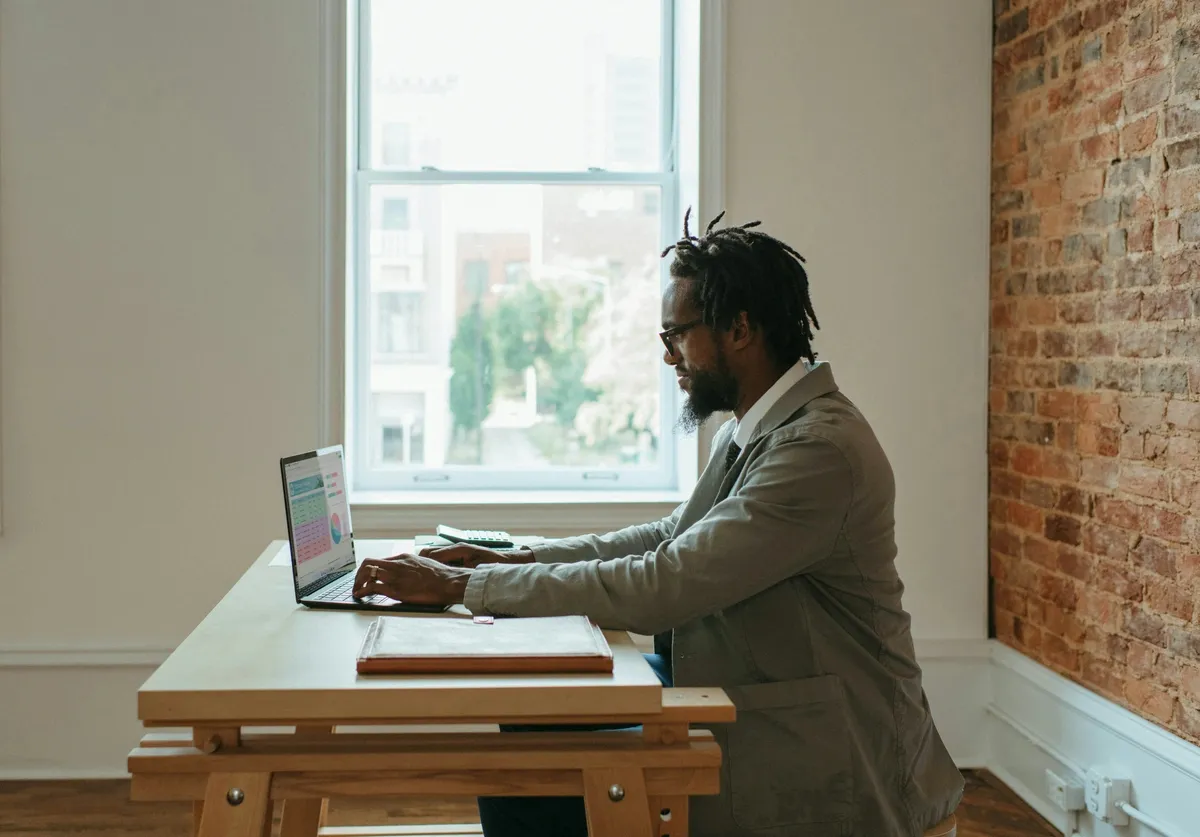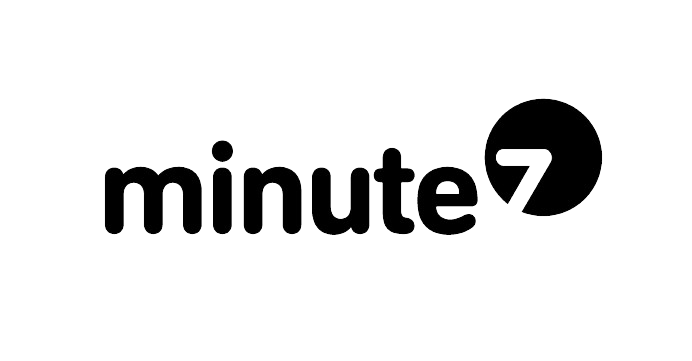
Leveraging remote work has become an essential strategy for architecture firms aiming to boost productivity and maintain seamless project management amid the shift towards more flexible working arrangements. By embracing remote work, firms can unlock enhanced flexibility, access a global talent pool, and achieve significant cost savings, all while utilizing advanced tools and technologies to ensure effective collaboration and secure data management.
The Benefits of Remote Work for Architecture Firms
Enhanced Flexibility and Work-Life Balance
Remote work provides architects with a higher level of flexibility compared to traditional office-based work. This flexibility allows them to manage their schedules more effectively, achieving a better balance between their professional and personal lives. According to an article on Remote, maintaining a healthy work-life balance for remote teams starts when employees recognize their autonomy and take control of their schedules. Moreover, a survey reported by Forbes found that fully remote workers experienced higher meaningfulness, self-actualization, happiness, and commitment than in-person workers.
Access to a Broader Talent Pool
Remote work enables architecture firms to hire talented architects regardless of their geographical location. A LinkedIn article titled Embracing Remote Work: Expanding Talent Pools for Global Companies discusses how remote work has become a catalyst for accessing top talent from diverse locations. Traditional office-based work often limited companies to hiring talent within a specific geographic radius. However, remote work has shattered these geographical barriers, enabling businesses to tap into talent from virtually anywhere in the world. This broader access can significantly enhance the quality and diversity of architectural projects.
Cost Savings
Remote work can lead to significant cost savings for architecture firms. According to the same LinkedIn article, expanding the talent pool globally can result in more cost-effective talent acquisition. In regions with a lower cost of living, talented professionals may be more willing to work at competitive salaries compared to those in high-cost urban centers. Consequently, businesses can optimize their budgets without compromising on the caliber of talent. Additionally, remote work reduces overhead costs such as office space, utilities, and commuting expenses, further contributing to overall cost efficiency.
Strategies for Effective Remote Team Management
Implementing Collaborative Tools
For architecture firms, the adoption of collaborative tools is paramount to ensuring seamless remote teamwork. Tools such as Building Information Modeling (BIM) software allow teams to collaborate in real-time and manage project issues efficiently. Notable BIM tools include BIM Track, Trimble Connect, BIMcollab, and Revizto. In addition to BIM tools, general management and business productivity tools like Miro, Asana, and Slack play a crucial role in task tracking and communication, while Zoom facilitates video conferencing and virtual meetings (source).
Regular Check-Ins and Communication
Maintaining consistent communication within remote teams is essential for alignment and productivity. Regular check-ins, whether through video calls, emails, or direct messaging, help ensure that everyone is on the same page regarding project goals and timelines. A clear and consistent communication strategy helps prevent misunderstandings and fosters a sense of community among remote team members (source). Utilizing various communication channels, such as video conversations and phone calls, can further enhance team cohesion and collaboration (source).
Setting Clear Goals and Expectations
Establishing clear goals, deadlines, and expectations is critical for managing remote teams effectively. This involves setting specific project objectives, defining work hours and availability, and clarifying performance standards. Providing remote teams with well-defined targets and clear communication channels ensures that all team members understand their roles and responsibilities. Moreover, having remote work policies and procedures in place can guide employees in navigating their tasks and responsibilities (source). By setting these clear parameters, architecture firms can maintain high productivity levels and achieve project success even in a remote work environment.
By leveraging these strategies, architecture firms can effectively manage their remote teams, ensuring productivity and collaboration despite physical distance. Minute7’s time tracking and expense reporting solutions further support these efforts by offering a convenient way to monitor time and expenses, thus aligning with specific customer needs, jobs, or projects.
Tools and Technologies to Enhance Remote Work Productivity
Time Tracking and Expense Reporting Solutions
Time tracking and expense reporting tools are indispensable for architecture firms aiming to maintain productivity in a remote work environment. Solutions like Minute7 enable firms to efficiently track time and expenses, ensuring accurate billing and payroll. By automating the recording of expenses, these tools minimize errors and expedite the approval and reimbursement processes. This is particularly beneficial for remote teams where managing business expenses can range from electricity and internet bills to business travel and additional work equipment (source). Minute7’s integration with QuickBooks further enhances its utility, providing comprehensive data that helps businesses make informed decisions to boost productivity.
Virtual Design and Modeling Software
For remote collaboration in architecture, virtual design and modeling software are crucial. These tools allow architects to coauthor and collaborate on design projects in real time, regardless of their location. Advanced tools like Building Information Modeling (BIM) Collaborate Pro integrate with applications such as Autodesk Doc, Cloud Worksharing, Civil 3D, Plant 3D, and Revit, facilitating seamless collaboration and project management (source). Additionally, Virtual Reality (VR) technology is revolutionizing the architecture industry by offering an interactive digital environment. Architects can use VR headsets to walk through and interact with their designs, providing a life-like simulation that enhances project reviews and team collaboration in the early stages of a project (source).
Secure Data Management
The transition to remote work underscores the importance of secure data management. Inadequate data security can lead to breaches, jeopardizing sensitive project information. To mitigate these risks, architecture firms should implement comprehensive data security policies, provide ongoing security awareness training, and utilize Virtual Private Networks (VPNs) for secure data transmission. Additionally, compulsory Multi-Factor Authentication (MFA) and the use of password managers can further protect sensitive information (source). Ensuring secure data management is critical for maintaining the integrity and confidentiality of architectural projects in a remote work setup.
In summary, the right tools and technologies—such as time tracking and expense reporting solutions, advanced virtual design and modeling software, and robust data security measures—are essential for enhancing remote work productivity in architecture firms. Minute7, with its user-friendly interface and seamless integration with QuickBooks, stands out as a valuable tool for managing remote teams effectively, ensuring accurate time and expense tracking, and ultimately contributing to increased productivity.
Embracing Remote Work for Enhanced Productivity
The shift towards remote work presents a transformative opportunity for architecture firms to boost productivity, streamline operations, and foster a more flexible work environment. As explored in this article, the benefits of remote work are manifold: it allows for enhanced flexibility and work-life balance, access to a broader talent pool, and substantial cost savings. These advantages can significantly enhance the overall efficiency and effectiveness of architectural projects.
To harness the full potential of remote work, architecture firms must adopt effective strategies for remote team management. This includes implementing collaborative tools, maintaining regular check-ins and communication, and setting clear goals and expectations. By doing so, firms can ensure that their remote teams remain aligned, productive, and motivated, regardless of physical distance.
Moreover, leveraging the right tools and technologies is crucial for sustaining productivity in a remote work setting. Time tracking and expense reporting solutions like Minute7 provide a seamless way to monitor time and expenses, ensuring accurate billing and payroll. Minute7’s integration with QuickBooks further simplifies financial management, allowing firms to make informed decisions based on comprehensive data. Additionally, virtual design and modeling software enable real-time collaboration on design projects, while robust data security measures protect sensitive project information.
In conclusion, architecture firms that effectively embrace remote work can achieve significant productivity gains and operational efficiencies. Minute7 stands out as a valuable tool in this endeavor, offering the features and functionality needed to manage remote teams effectively. By integrating Minute7 into their workflows, architecture firms can ensure accurate time and expense tracking, streamline project management, and ultimately thrive in the evolving landscape of remote work.



